2018 Ford Expedition Preview


CARS.COM
Competes with: Chevrolet Tahoe and Suburban, GMC Yukon and Yukon XL, Toyota Sequoia, Nissan Armada
Looks like: A sleeker, less trucky Ford F-150 with a cap
Drivetrains: Twin-turbocharged 3.5-liter V-6 EcoBoost, 10-speed automatic transmission, rear- or four-wheel drive
Hits dealerships: Fall 2017
The old man on the block for sport utility vehicles is getting some new life, as Ford takes the wraps off of its 2018 Expedition and Expedition Max SUVs. Like the trucks that precede them, the Expedition is a body-on-frame SUV built off of the F-150 pickup truck platform, albeit with some significant modifications. It’s now more spacious inside, features an all-aluminum body and steel chassis, and completely new bodywork to bring it fully up to date with the rest of the Ford showroom. It will be on display during the 2017 Chicago Auto Show.
More 2017 Chicago Auto Show Coverage
Exterior
Outside, the new Expedition is much sleeker than the current model and a little bit bigger. The wheelbase hasn’t changed from the current model, but the body has grown 1 inch in length and width, making for more interior room. The beltline has risen considerably to provide a much more solid-looking body and convey an idea of strength and security.
A new grille and headlights start the party up front, sweeping into a character line that extends all the way around the truck. The beltline incorporates a chrome element that continues into the back of the truck as well, where all-new styling completes the look.
Four grades are available for the new Expedition: the commercial-fleet-only XL, the XLT, the Limited and the range-topping Platinum trim. Unique grilles and lights denote each trim level, with powered running boards, LED headlights and massive 22-inch wheels coming standard on the Limited and Platinum models.
Interior
The new Expedition features a roomier interior to match the fresh sheet metal. The dashboard looks lifted straight from the F-150, and Ford admits that there are similarities structurally. Among them are the big, clear gauges found in the F-150 pickup, as well as overall shapes and materials, and that’s not a bad thing. The big news for the interior is the use of sliding second-row seats, which move fore and aft to allow for expanded legroom in either the second or third row, depending on whether you’re carrying passengers. The second row also now tilts forward for easier third-row entry and exit, and allows for a child safety seat to remain fastened in place (presumably without the child in it). The Expedition seats up to eight people when ordered with a second-row bench seat.
The second- and third-row seats also now recline for greater comfort, while the third row retains its power-folding function. The third row also folds flat into the load floor thanks to the Expedition’s retention of an independent rear suspension, an advantage over competitor vehicles. A novel new cargo management system is available, creating a kind of parcel shelf behind the third row that allows people to open the liftgate window independently and not open the entire hatch, preventing things like groceries from tumbling out.
Interior amenities have been boosted too, with power ports in every row, Apple CarPlay and Android Auto as an option, the Sync 3 multimedia system with an 8-inch touchscreen and the Sync Connect smartphone app that allows owners to control their Expedition’s functions remotely. A new family entertainment system should help keep the kids pacified, and an in-vehicle Wi-Fi system can handle up to 10 connections and operates within a range of up to 50 feet from the truck.
Under the Hood
Powering the Expedition is a carryover twin-turbocharged 3.5-liter V-6 EcoBoost mated to an all-new 10-speed automatic transmission, but Ford has not yet provided power or torque numbers. Nor has it provided fuel-economy numbers, which the automaker says are likely to improve with the new model thanks to better aerodynamics and a lighter weight. The new Expedition follows the F-150 pickup down the all-aluminum body road, mounted onto a high-strength steel chassis. Unlike competitors such as the Chevrolet Tahoe and Suburban, the Expedition retains an independent rear suspension for improved ride, handling and packaging.
The Expedition offers four-wheel drive with a two-speed transfer case for improved off-road capability, and now incorporates the Explorer’s Terrain Management System to help manage the powertrain’s performance based on the driver-selected terrain setting. A continuously controlled damper system also carries over from the current Expedition, as does a rear load-leveling suspension.
Some new features include Ford’s truly amazing Pro Trailer Backup Assist, which allows a driver to turn the truck via cameras and electric steering through a knob on the dash, making towing just that much easier and less stressful. The current maximum tow rating of around 9,300 pounds is expected to also be improved, according to Ford.
Safety
With the new vehicle architecture comes a raft of new safety systems for the Expedition, including fully adaptive cruise control with stop-and-go functionality, a 360-degree surround-view camera, blind spot warning with cross-traffic alert, lane keep assist and a collision avoidance system with autonomous braking.
The new Expedition should be hitting dealerships this fall.
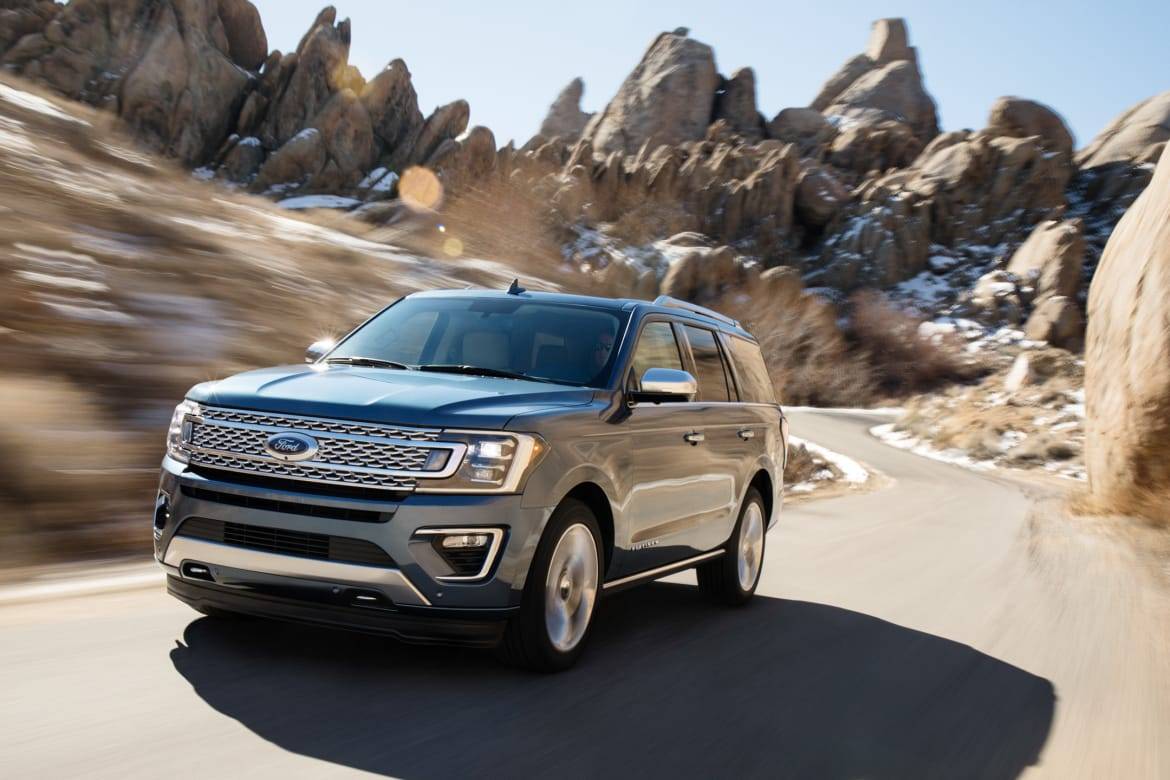
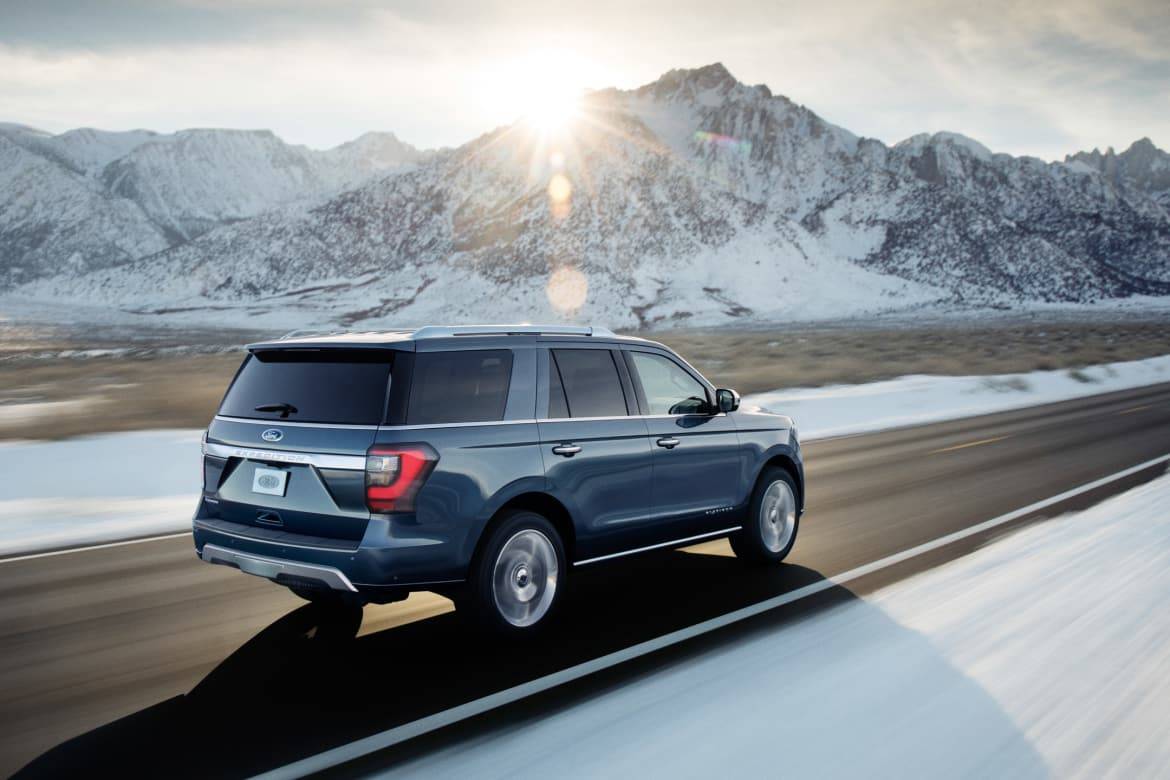
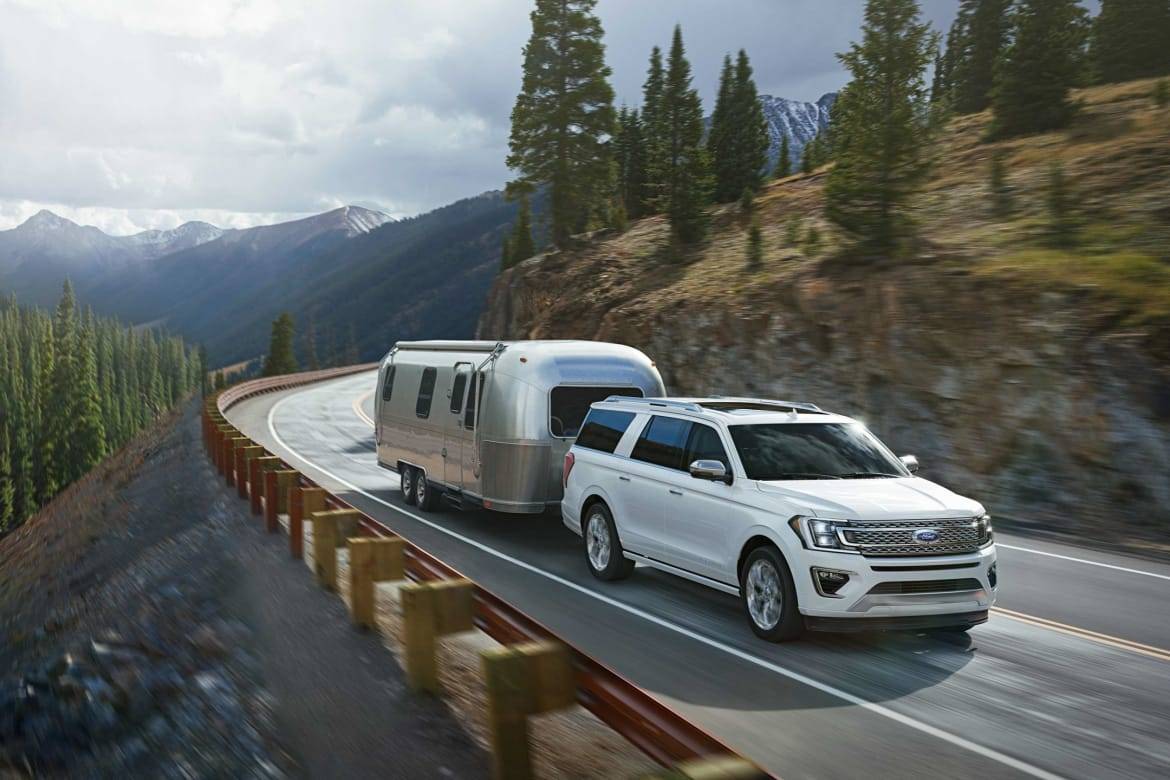
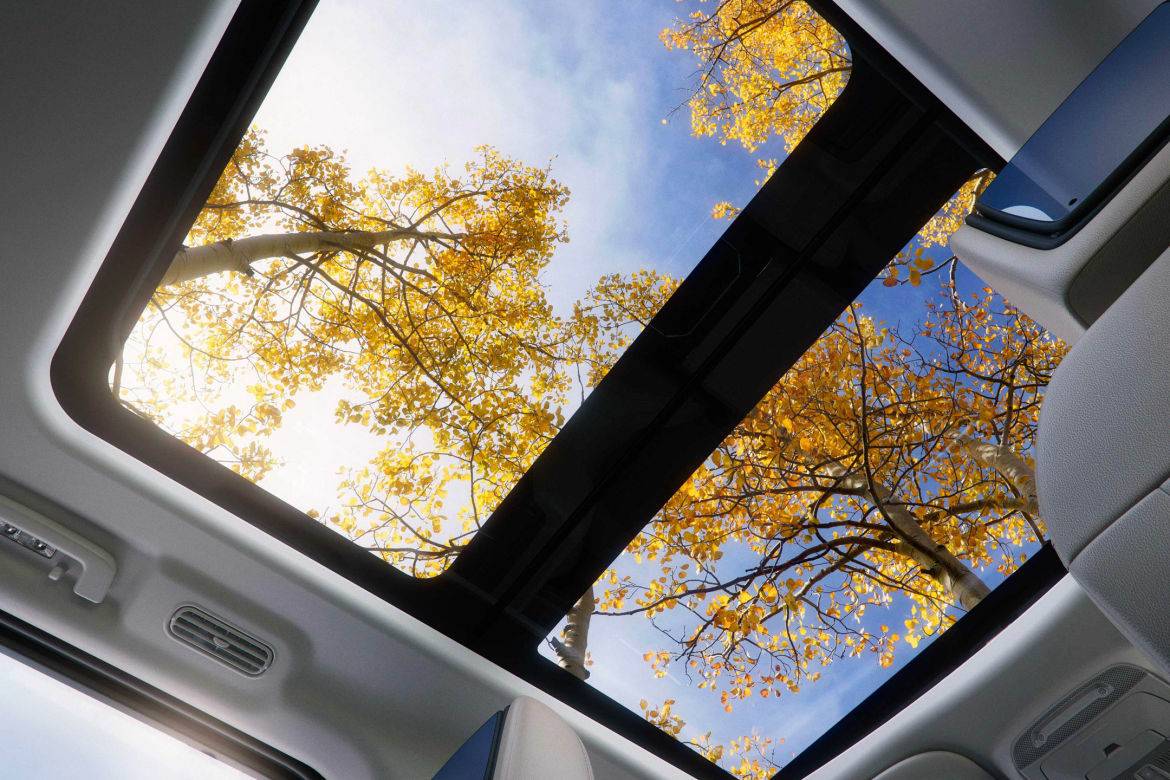

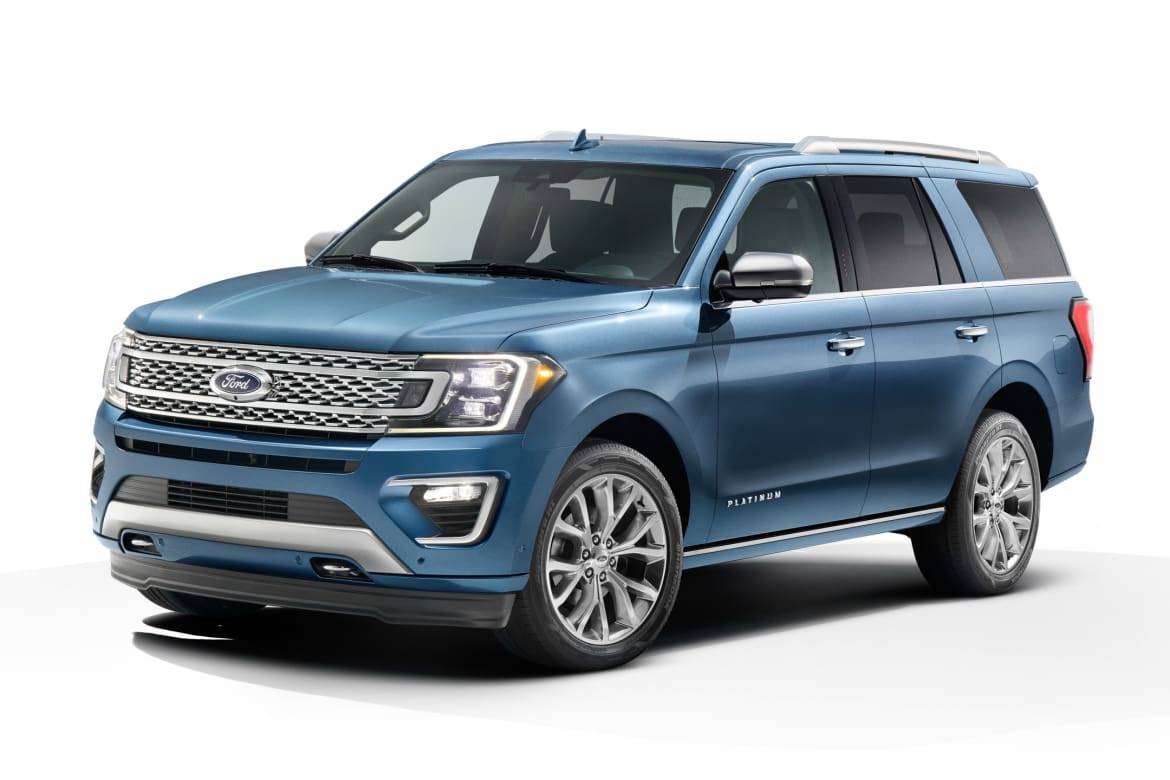
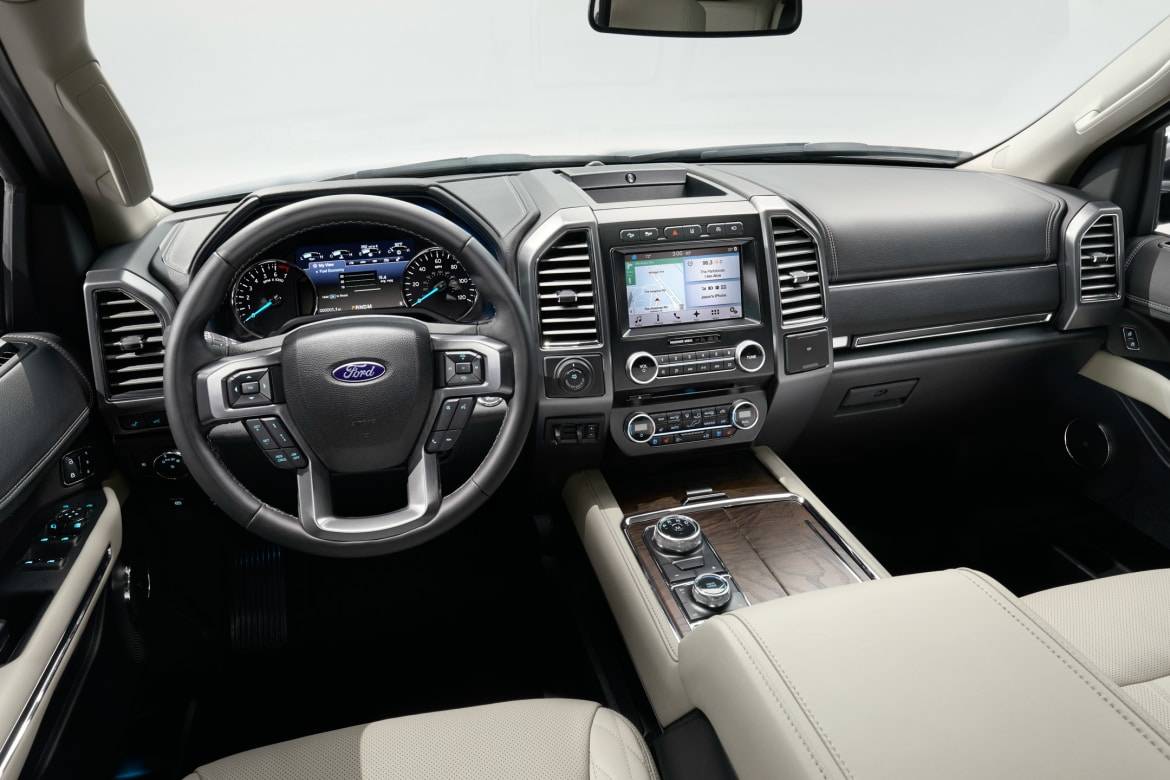
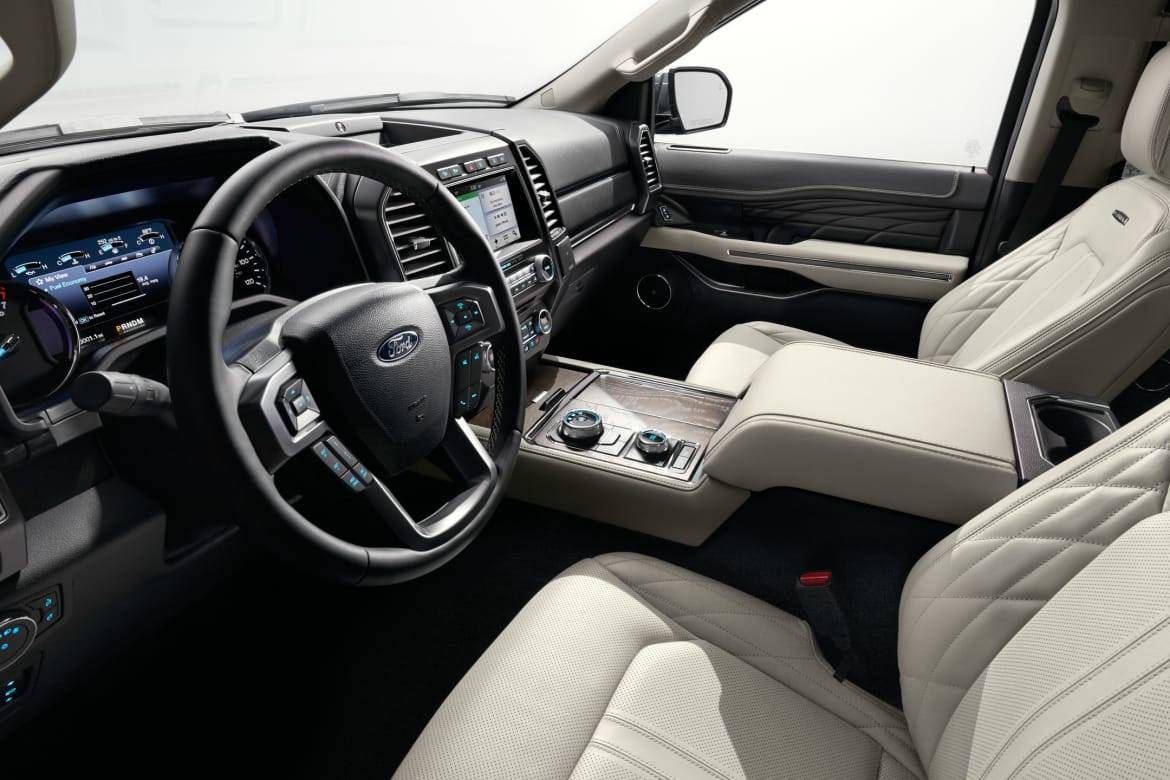
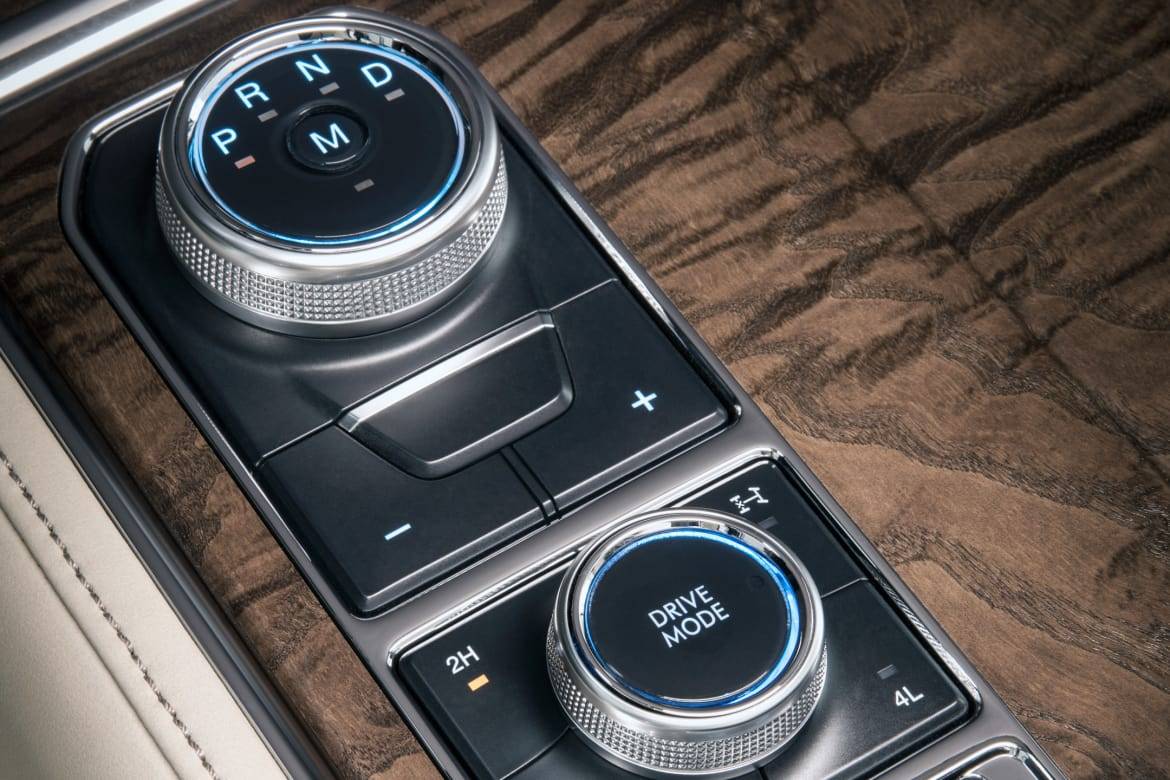
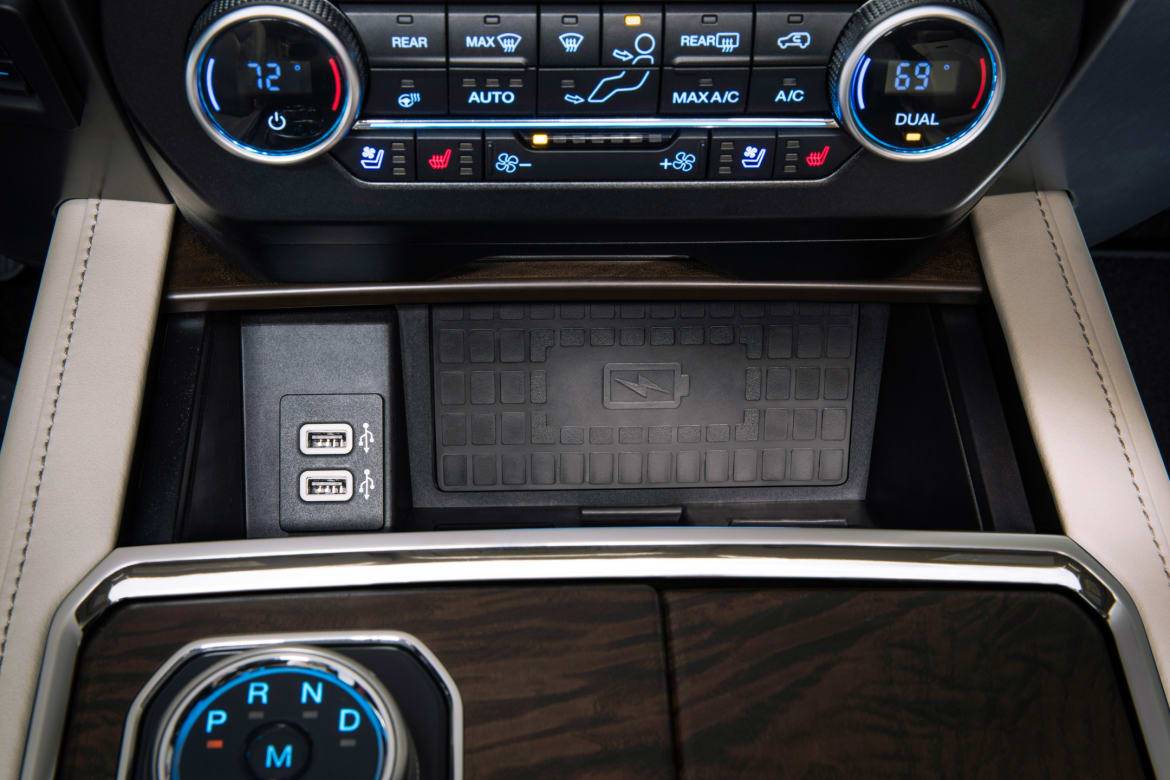
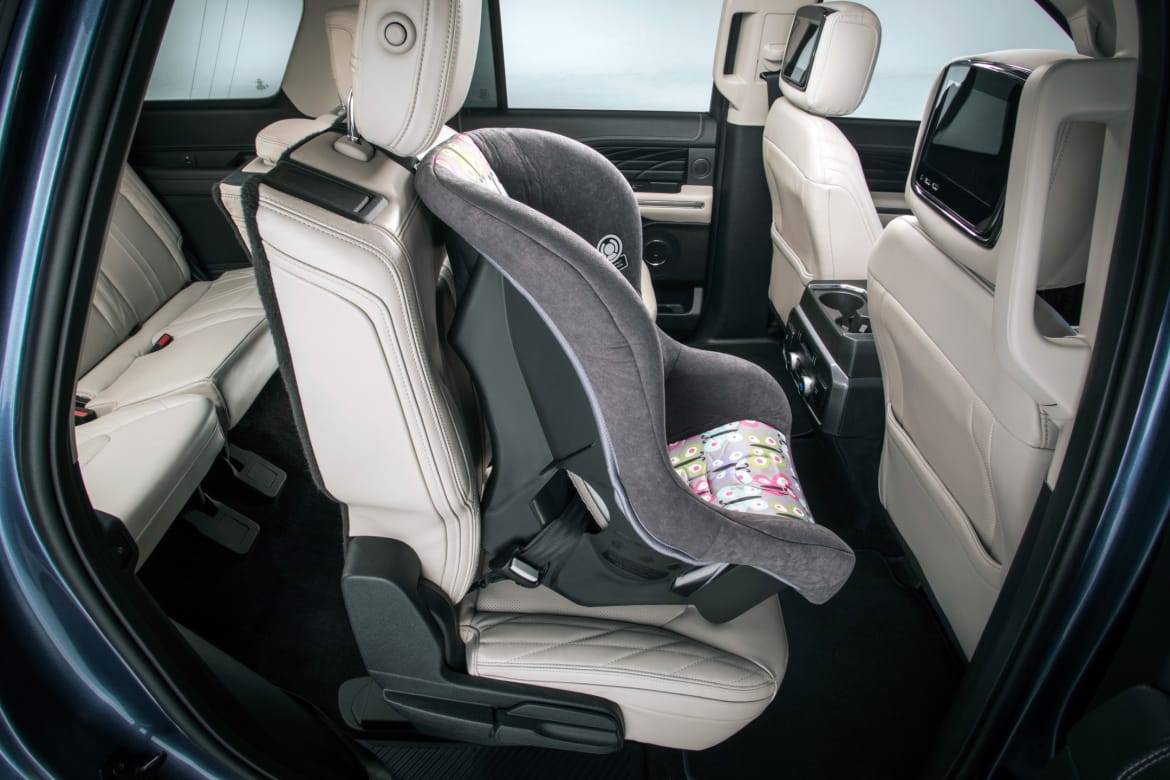
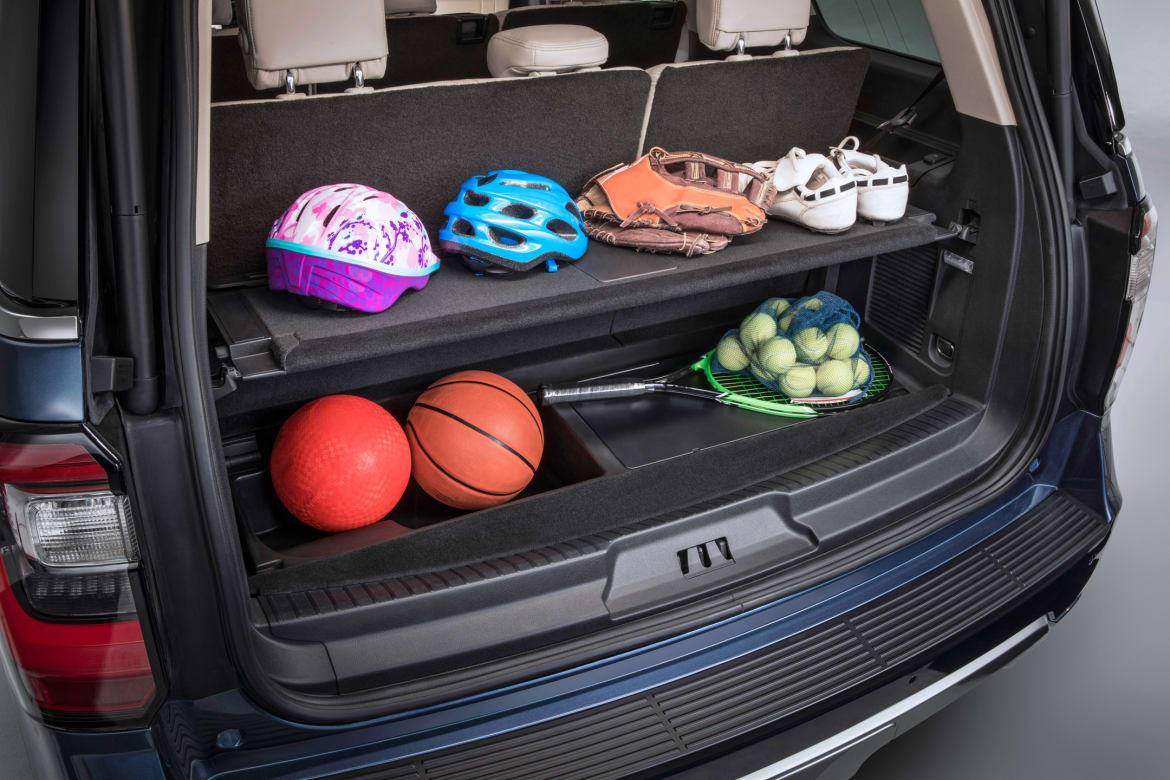

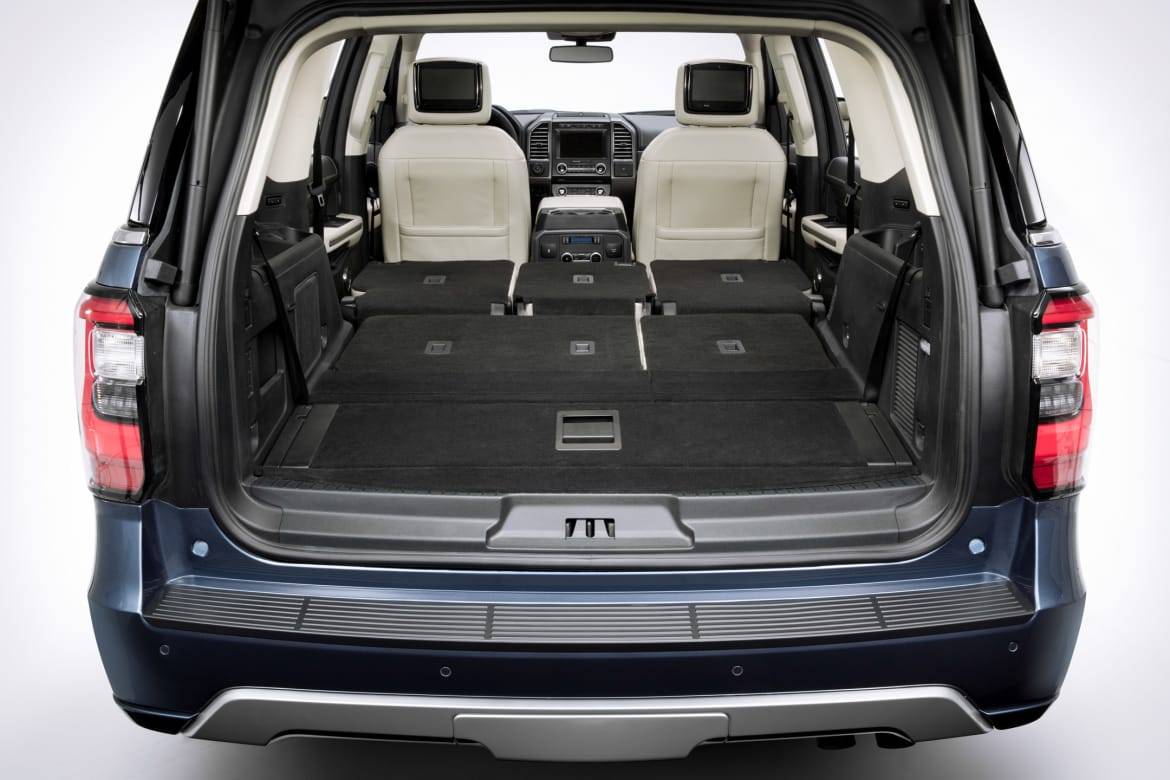
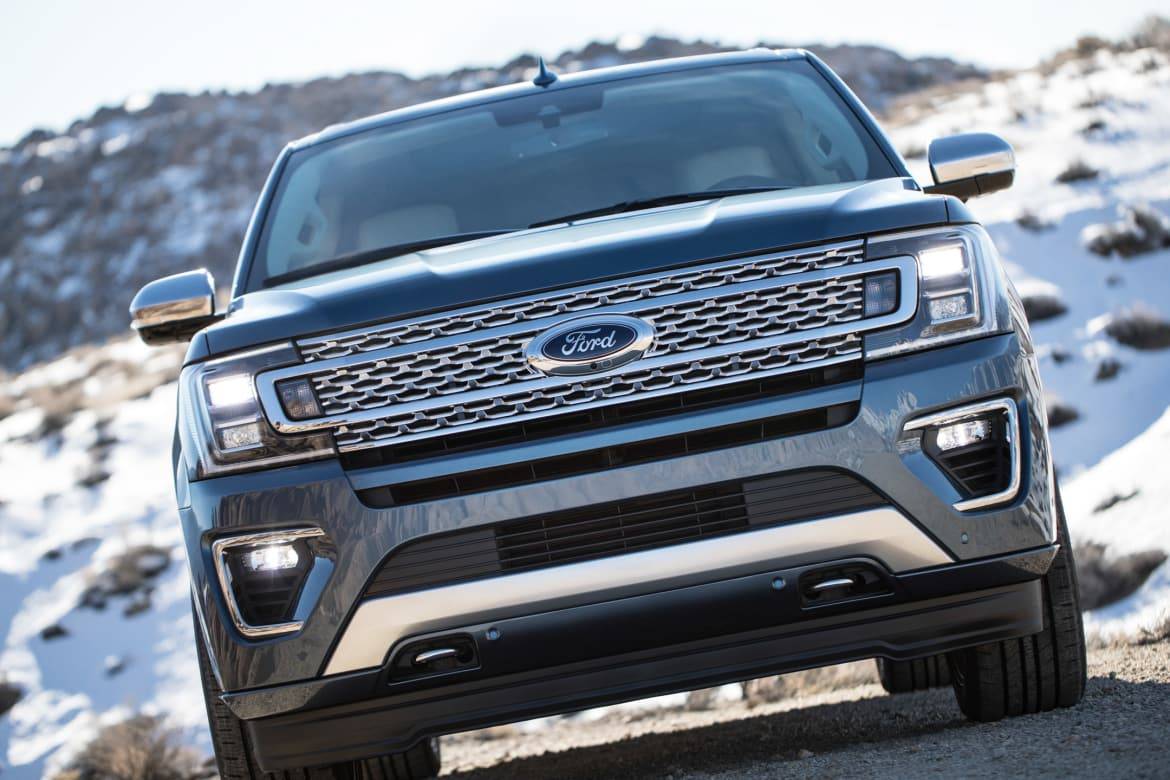
















Detroit Bureau Chief Aaron Bragman has had over 25 years of experience in the auto industry as a journalist, analyst, purchasing agent and program manager. Bragman grew up around his father’s classic Triumph sports cars (which were all sold and gone when he turned 16, much to his frustration) and comes from a Detroit family where cars put food on tables as much as smiles on faces. Today, he’s a member of the Automotive Press Association and the Midwest Automotive Media Association. His pronouns are he/him, but his adjectives are fat/sassy.
Featured stories



















